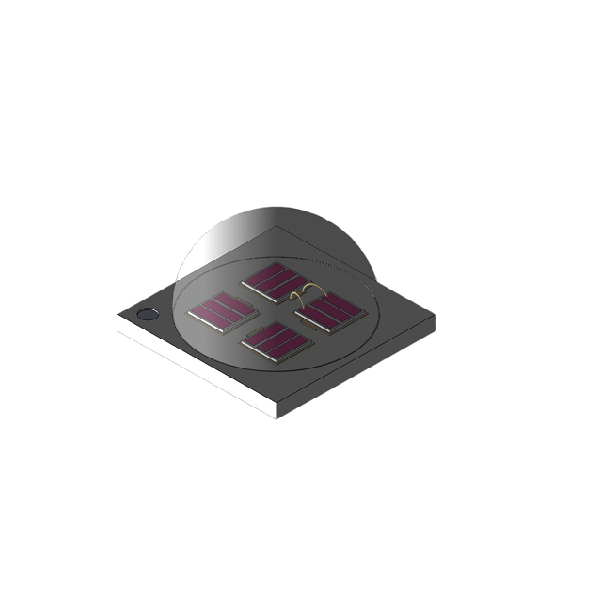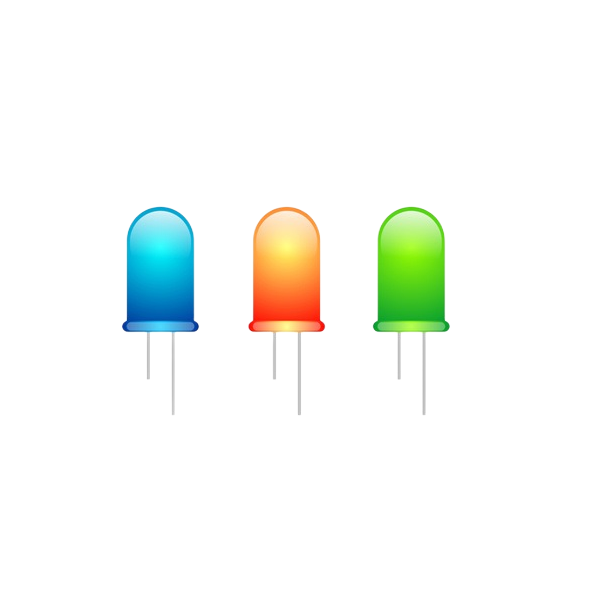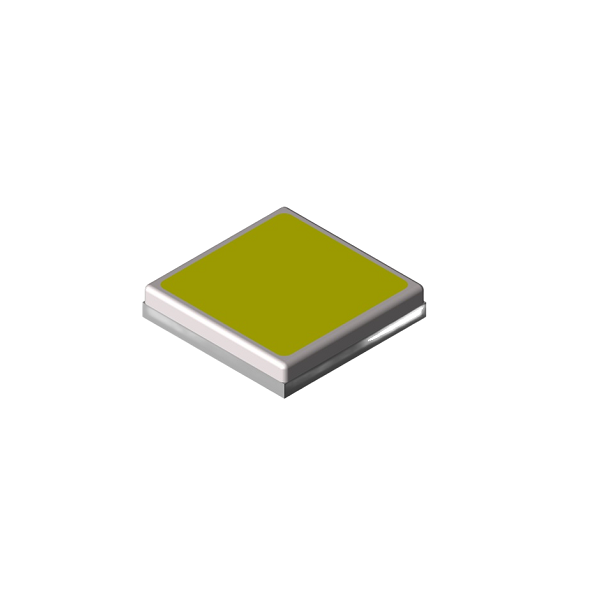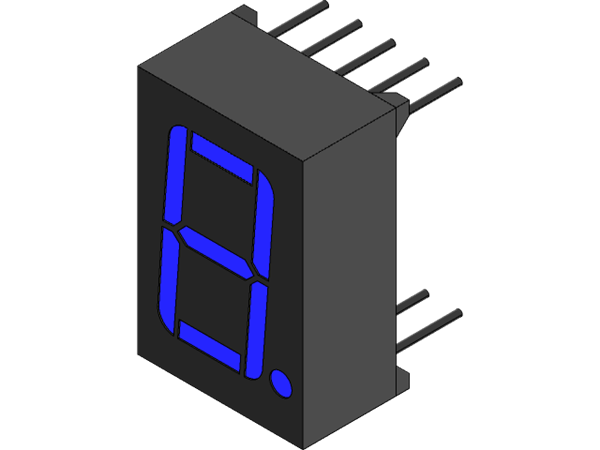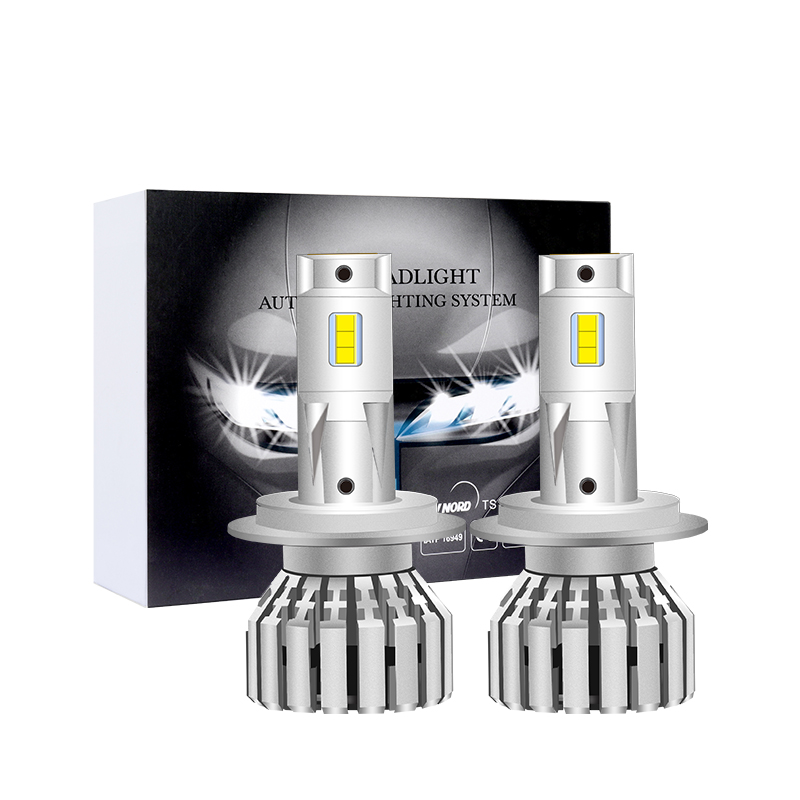Introduction
Circuit board indicator LEDs are an economical and straightforward solution for providing onboard power, control, or activity indications in many different types of electronic systems. These lighting components are used to indicate power status, device on/off conditions, and to show when a particular feature is activated.
What are circuit board indicator LEDs?
Circuit board indicator LEDs are small, low-power devices typically used to provide visual feedback in electronic devices. They can be used to alert a user that power is present, inform the user when a device is turned on, indicate the operation of certain functions, or even provide light for a display. They come in various colors and sizes, but they typically consist of a base, a light-emitting diode, and a lens. The lens can be clear, diffused, color-tinted, or even reflective, depending on the application. The base can be either soldered directly to the circuit board or mounted on a bracket to produce a remote indicator.
How do they work?
Circuit board indicator LEDs are typically used in pulsed application, meaning that they turn on and off quickly. This is because the LEDs require current flowing through them in order to produce light, and current dissipates over time unless regularly refreshed. So when a circuit board indicator LED is turned on, it typically draws a certain amount of current, and then automatically shuts off after a certain amount of time. This process can repeat over and over, depending on the application.
What are the benefits of using them?
The primary benefit of using circuit board indicator LEDs is their low cost, simple design, and ease of use. They are extremely low-power and reliable, and can be used to indicate the status of a device or a function of a device. They also provide a visual display that can provide feedback to users and alert them to changes in the system.
How to choose the right one for your project?
When choosing the right circuit board indicator LED for your project, there are a few things to consider. First, you need to think about what type of light output you need. Depending on the application, you may need a bright, diffuse light, or a more subtle, dim light. You also need to consider the size, shape and voltage rating. Choose the LED with the correct voltage and current rating for your application. Finally, you need to think about the color you need. Different colors have different meaning and indicate certain functions.
Conclusion
Using circuit board indicator LEDs is an effective, reliable, and cost effective solution to many situations. They provide visual cues that information can help guide users and show the current status of a device. But when choosing the right LED for your project, you need to consider the size, voltage, color, and brightness of the LED, in order to ensure that it meets your needs.


